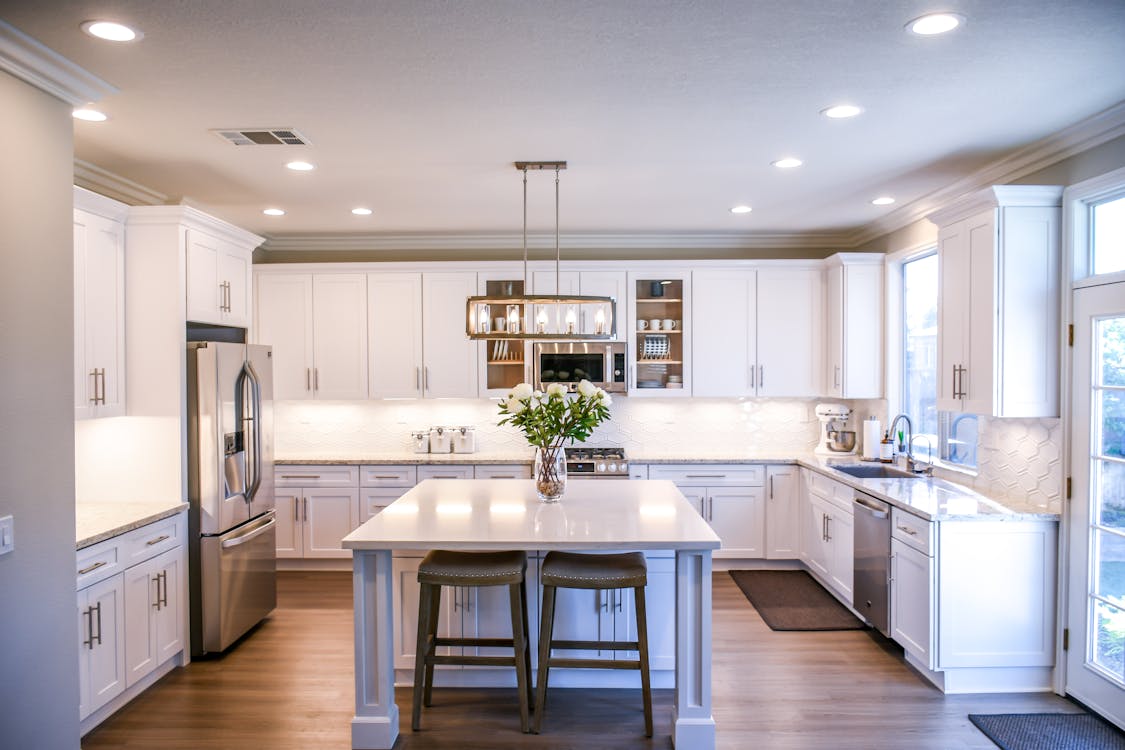Are you considering taking on a home improvement project? While tackling such a challenge can be intimidating, experienced or inexperienced DIY-ers can benefit from brushing up on the basics. From gathering adequate supplies and setting realistic goals to properly planning and budgeting, there’s much to consider in just getting started. So before you pick up that hammer and saw or any other supplies for your next big job at home, read this post, as it includes six must-know tips for beginners wanting to dive into the world of home improvement.

1. Start With Your AC System
Before you begin any home improvement project, check your air conditioning system. You want to ensure it is correctly maintained and running optimally for the warm summer days ahead. Consider scheduling Air Conditioning tune-ups with a professional HVAC technician who can inspect and clean all components of your air conditioner to ensure it’s working properly. This important preventive measure could save you a lot of headaches and money in the long run.
A well-maintained air conditioning system can help keep your home cool, free from allergens and dust, and, most importantly, safe from electrical malfunctions. Plus, regular maintenance and tune-ups will help extend your AC unit’s life. Be sure to document all work performed on the system, as this may be useful when necessary repairs or replacements are needed.
2. Consider Changing the Lighting in Your Home
Lighting can make or break the ambiance of a room. Updating the lights in your home can create a warm and inviting atmosphere and draw attention to certain features like artwork or furniture. When selecting new lighting fixtures, consider the light bulb you want to use—LED bulbs are more energy-efficient and last longer than traditional incandescent bulbs.
You should also consider the type of lighting you want for each room. If your living area is used for entertaining, soft ambient lighting may be best, while brighter lights work better in a home office or study. Installing dimmers can provide even more control so that you can switch between bright and soft lighting depending on the activity.
3. Utilize Natural Materials
Natural materials add texture and warmth to any space, creating an eco-friendly atmosphere. Incorporate wood, stone, or bamboo into your home decor for an earthy, sophisticated, and comfortable touch. Wood enhances furniture, cabinets, countertops, and more, adding character and bringing the outdoors in.
Stone is versatile for furniture, countertops, and wall accents. It’s durable and available in different styles and colors for an elegant look. Bamboo is a sustainable option for home improvement. It’s lightweight and sturdy, perfect for flooring and accents. Easy to clean and maintain, ideal for busy households.
4. Invest in Quality Tools
No matter your level of home improvement experience, investing in quality tools is essential to complete any project with ease and success. Your toolkit should include pliers, wrenches, screwdrivers, hammers, saws, levels, and tape measures. As you become more comfortable using these basic tools, you can add additional items such as drill bits, sanders, and power tools.
In addition to the actual tools, having other supplies on hand, such as screws, bolts, nails, and any other hardware that may be required for the job is essential. These items should always be kept in a safe place to be easily accessible when needed. Be sure to check the condition of your tools regularly to ensure they are still in working order.

5. Flooring Can Make a Huge Difference
The floor is crucial for any room, impacting its overall appearance and ambiance. Whether replacing existing flooring or starting fresh, abundant options are available to suit your style and budget. For instance, hardwood floors offer a timeless and elegant look, requiring only a simple vacuum or mop for easy cleaning.
For a budget-friendly alternative, consider laminate flooring. It mimics the appearance of hardwood floors at a fraction of the cost. Vinyl plank flooring is another popular option, offering durability and versatility without the high price. Before choosing, measure your space and calculate the required material to ensure you get the right amount for your project.
6. Set a Realistic Budget and Timeline
Setting a realistic budget and timeline is essential when tackling any home improvement project. This will help you stay on track and ensure your project stays within the allotted budget. You should also consider additional costs such as labor, materials, and tools that may be required to complete the project.
To stay organized and on schedule, create a detailed timeline for each process step, especially if you plan to hire professionals. Account for unexpected delays and have a backup plan. Completing your home improvement project can be rewarding and hassle-free with careful consideration and planning.
Taking on a home improvement project is an exciting endeavor, but doing your research and planning is essential. Invest in quality tools, select the suitable materials for your project, and monitor your budget and timeline. With these crucial tips, you can confidently and succeed in any home improvement task.
Published by HOLR Magazine.


